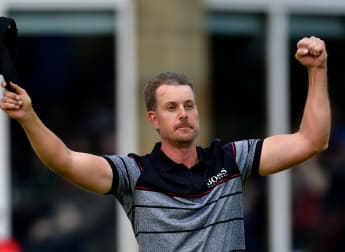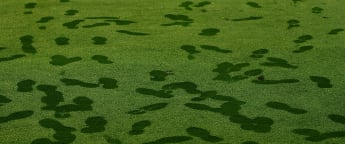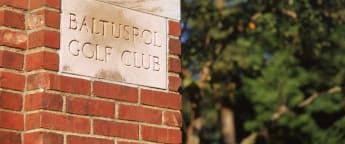By Will Pearson, europeantour.com
at Baltusrol
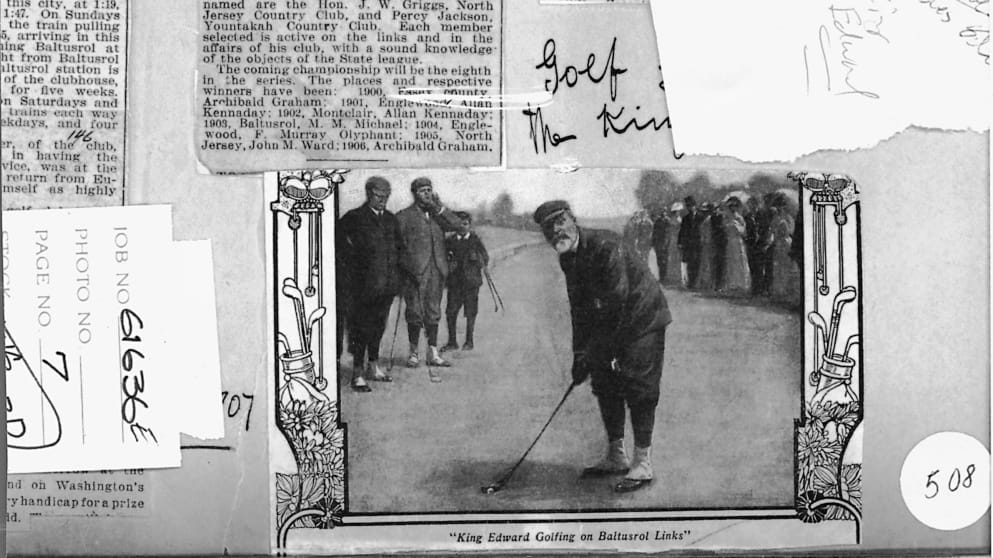
Murder mystery, landmark pedigree, a wartime role, television history, a POTUS visit, a big-hitting Wild Thing and more. Ahead of the final Major of the year, europeantour.com brings you a collection of little-known facts about US PGA Championship host venue, Baltusrol Golf Club.
1. The name ‘Baltusrol’ has murderous origins
Some 50 years before land-owner, publisher and New Yorker Louis Keller established Baltusrol Golf Club on a portion of his 500 acres in Springfield, New Jersey, the very same land was farmed by a Scottish immigrant whose name was Baltus Roll. On a cold winter’s night in February 1831, Roll was brutally murdered by two thieves who believed he had a fortune stashed within his farmhouse. A sign still marks the spot, steps from the current clubhouse, where the Scotsman lost his life nearly two centuries ago.
2. A unique event was held here 99 years ago
Among the numerous high-profile events to have been held at Baltusrol over the years – namely seven US Opens, two US Women’s Opens, four US Amateurs and two US Women’s Amateurs – there were two events held here almost a century ago that have been somewhat lost in time. The PGA War Relief Tournaments were held here in August 1917 and September 1918, featuring amateurs plus professionals from America, England and Scotland. The format was a mixture of foursomes and singles and, with the First World War raging across the Atlantic, raised thousands of dollars for the American Red Cross. A bevy of early golf stars were in attendance including a 16 year old Bobby Jones and 11-time Major winner Walter Hagen (pictured below during the 1917 event).
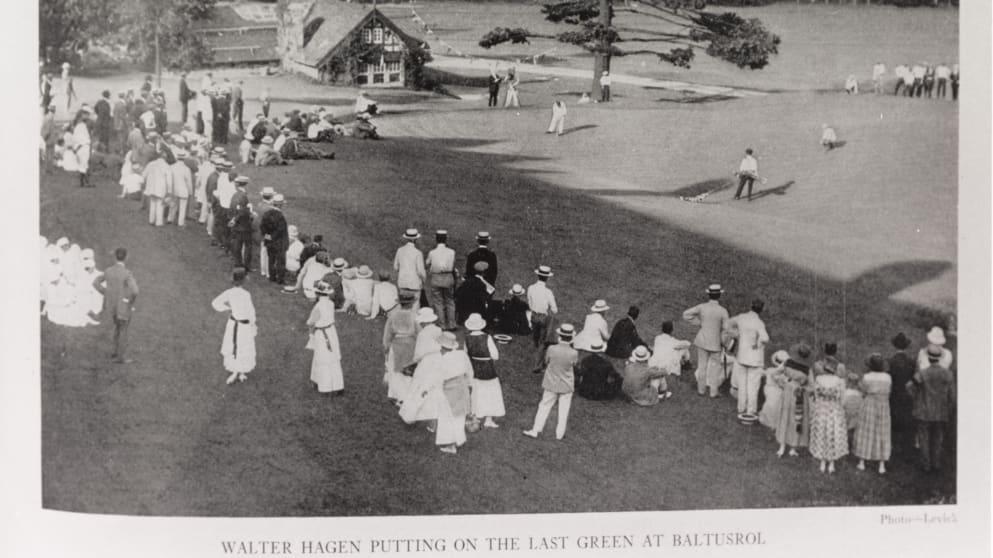
3. The club has an official place in American folklore
Two years ago, New Jersey’s Baltusrol was designated a National Historic Landmark, thus becoming just the fourth golf club to be awarded that coveted status after Pinehurst in North Carolina, Merion Golf Club near Philadelphia, and this year’s US Open site, Oakmont Country Club, just outside of Pittsburgh. In 2014 it was decided, by members of the Department of the Interior, that the venue possessed, “exceptional historical importance and significance on a national level for its two [Albert] Tillinghast-designed courses”, thus elevating it above the list of approximately 60 golf clubs – including Augusta National – to have already been granted a spot in the National Register of Historic Places.

4. Baltusrol was the first golf club to host an American President
After the original building was destroyed in a fire in 1909, the imposing Tudor-style clubhouse that is still in use today was constructed. Just a couple of years later, in 1912, the magnificent structure provided a fitting reception venue for the 27th President of the United States of America, as William Howard Taft became the first US President to officially visit a golf club, sneaking in a few holes in the process as pictured below.
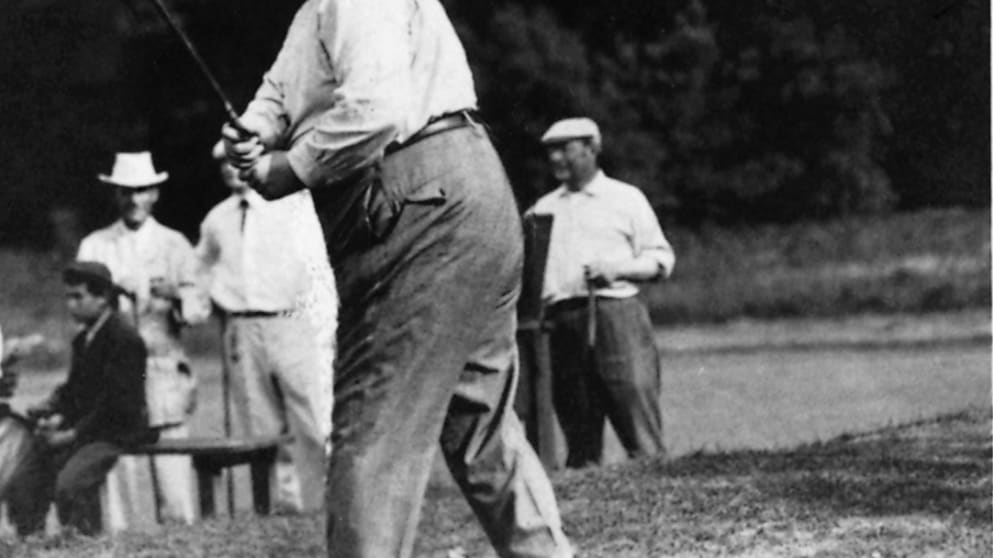
5. John Daly is the only man to conquer the par five 17th
One of two par fives to close out the Lower Course at Baltusrol, the 649-yard par five 17th is a beast in every sense of the word. ‘Wild Thing’ John Daly remains the only player to ever find the putting surface in two mighty blows – although Tiger Woods later overshot the green with his second shot at the 2005 US PGA.

6. A different sort of mower was used on Baltusrol’s fairways back in the 1940s
After playing a role during the First World War, Baltusrol again answered the call as golf at the club was put on hold during the Second World War. In order to support the war effort, victory gardens were built on the fairways of the Upper Course, while cattle and sheep grazed the fairways of the Lower. All proceeds were again donated to the American Red Cross to fund an ambulance for the European Theatre (pictured below). When peace was declared, it didn’t take long for the club to return to its primary function as a top-class golfing venue – the 1946 US Amateur was held at Baltusrol.
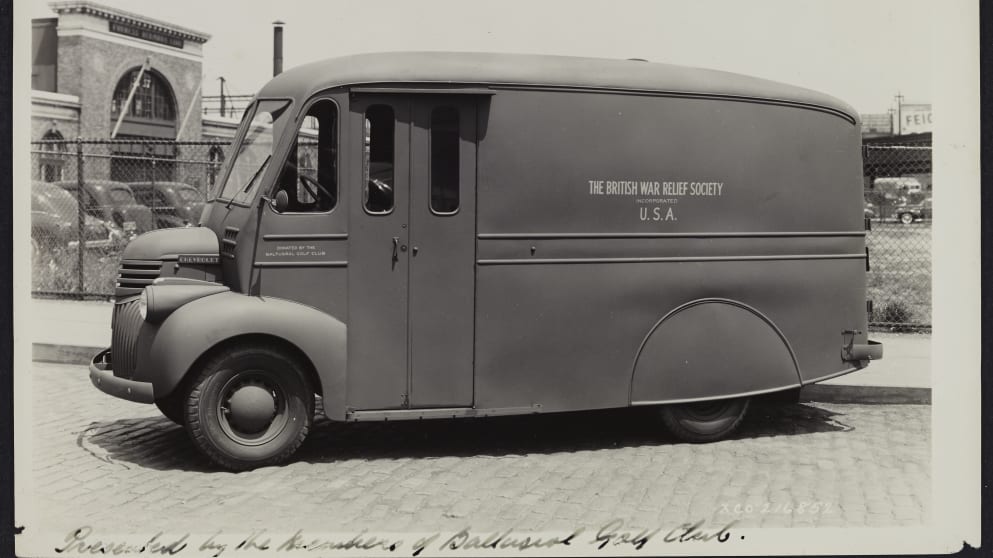
7. Television history was made here
Technological history was made at Baltusrol during the 1954 US Open, which became the first tournament to be shown on national television. In those days, tournament golf was predominantly a three-day affair, held Thursday to Saturday, with 36 holes played on the final day. Lindsey Nelson hosted the inaugural broadcast for NBC, who provided two hours of coverage of the final round.
8. The Golden Bear has a permanent place at Baltusrol
As is well-publicised, Jack Nicklaus won two of his 18 Major Championships at Baltusrol – the 1967 and 1980 US Opens. During the former, Nicklaus hit one of his career shots at the climax of a titanic final round battle with Arnold Palmer, a 237-yard one iron approach uphill and into the wind at the par five 18th, a masterstroke which helped the Golden Bear break Ben Hogan’s scoring record by finishing with a score of 275. “I’ve gone back with that one iron and tried to hit the green from that spot and couldn’t do it again,” said Nicklaus many years later. A plaque sits in the fairway at the very site of that heroic approach, a permanent memorial to a moment of true golfing genius.
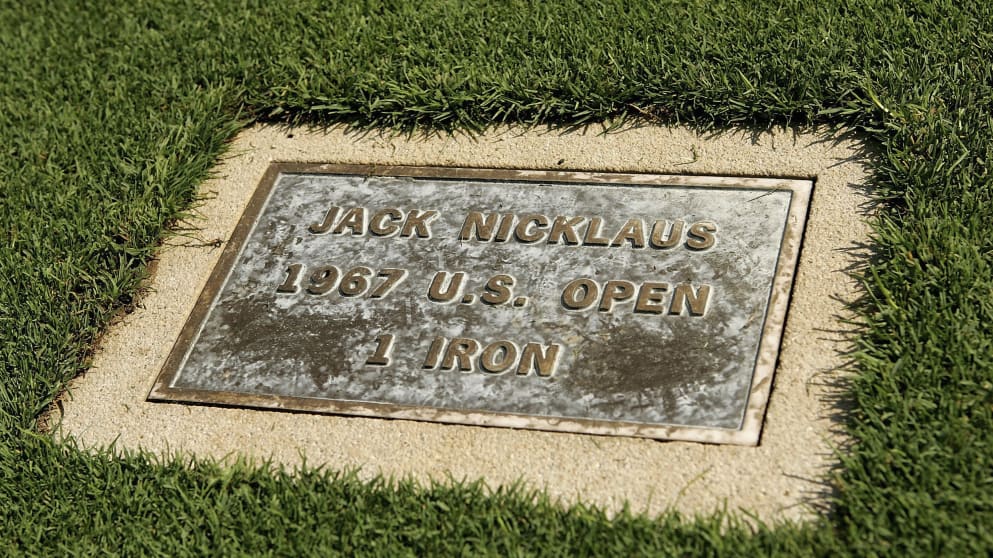
9. The club is revered in both the men’s and women’s game
In 1985, Baltusrol became the first course to have hosted the men’s and women’s US Open on two different courses. The US Women’s Open was held on the Lower Course in 1961, when Mickey Wright prevailed, and on the Upper Course in 1985, when Kathy Baker claimed top spot. The US Open, meanwhile, was held on the Upper Course when Tony Mareno returned victorious in 1936, while the Lower Course has played host on four occasions – 1954 (Ed Furgol), 1967 (Jack Nicklaus), 1980 (Jack Nicklaus) and 1993 (Lee Janzen).
10. A player once used six different caddies during one championship at Baltusrol
The player-caddie dynamic is a relationship unlike any other. Joyous in victory, sometimes fractious in testing times, the bond between professional and bagman certainly has its ups and downs – a statement that was evidenced during the 1967 US Open at Baltusrol, where Rives McBee employed six different caddies in the space of two rounds. His first retired after eight holes due to heat exhaustion before a man from the gallery stepped in for two holes. An alternate from the US Open pool of caddies finished out the round while a new caddie from the club began the second round before the two parted ways, again after the eighth hole, following a disagreement. A reporter from Washington, Pete Wentz, volunteered to caddie for a couple of holes before another alternate completed the round. Despite all this unrest, McBee made the cut on the number, finished in a tie for 60th and earned $615 for his troubles.
11. Baltusrol doesn’t do double digits under par
In the ten previous stroke play events to be held at the Springfield venue, the winning score has never yet reached double digits under par. When Phil Mickelson triumphed here 11 years ago, he won with a total of 276, or four under par, while Lee Janzen (1993 - pictured below) and Jack Nicklaus (1980) jointly hold the low 72-hole score at Baltusrol with 272, or eight under par. Tough school.

12. The Upper Course was not a postscript
Baltusrol architect Tillinghast designed two course simultaneously, sculpted to be both of equal standing. Tillinghast opened them on the same day in June 17, 1922, after controversially ditching Baltusrol’s original Old Course, which had played host to five national championships, including the 1903 and 1915 US Opens.
13. Baltusrol received a royal seal of approval
As well as a Presidential visit, Baltusrol has also previously hosted royalty. In April 1907, King Edward VII of the United Kingdom stopped in for a round, three years before his death.
- Special thanks to Baltusrol Golf Club for the archive imagery -
